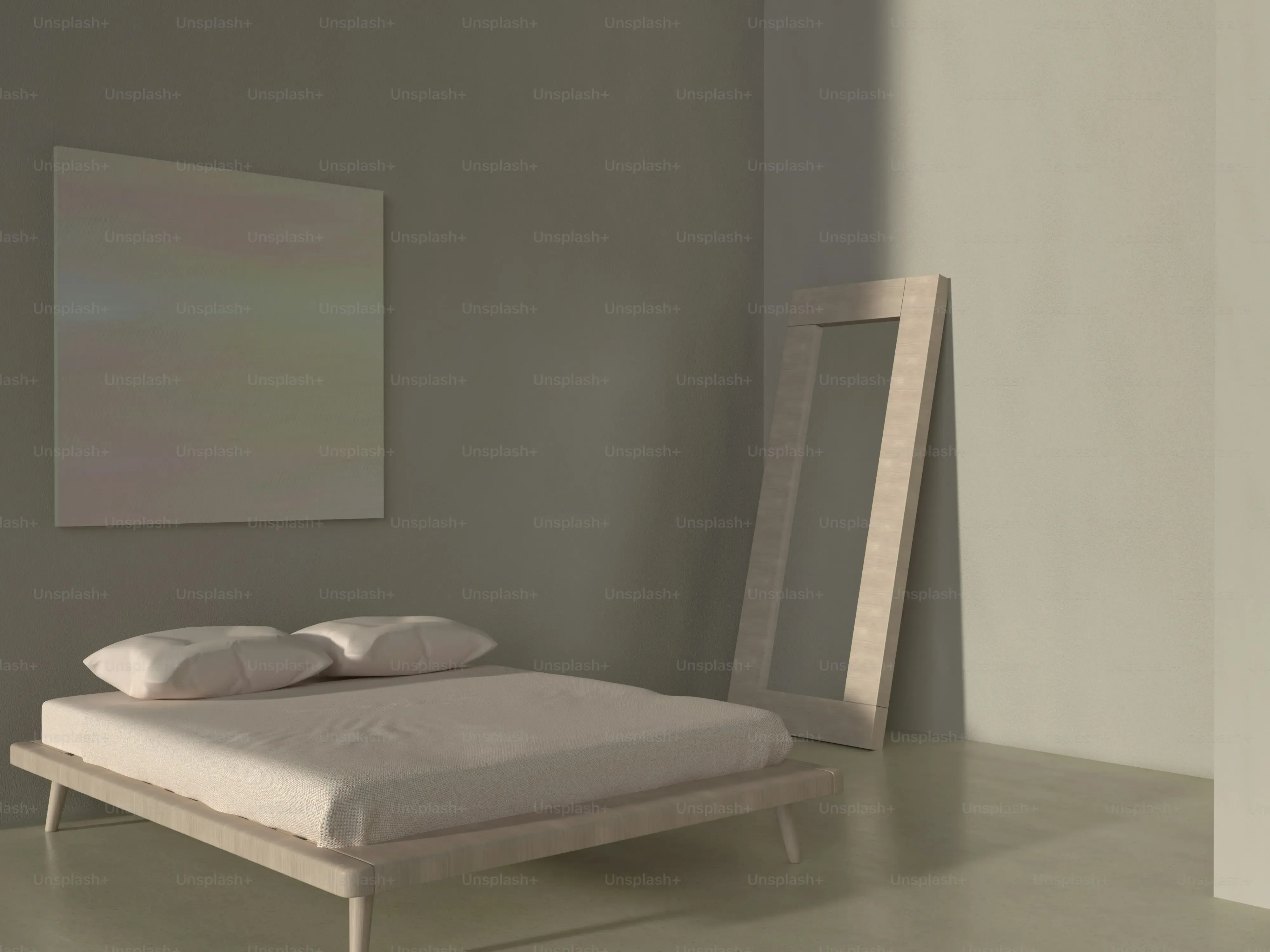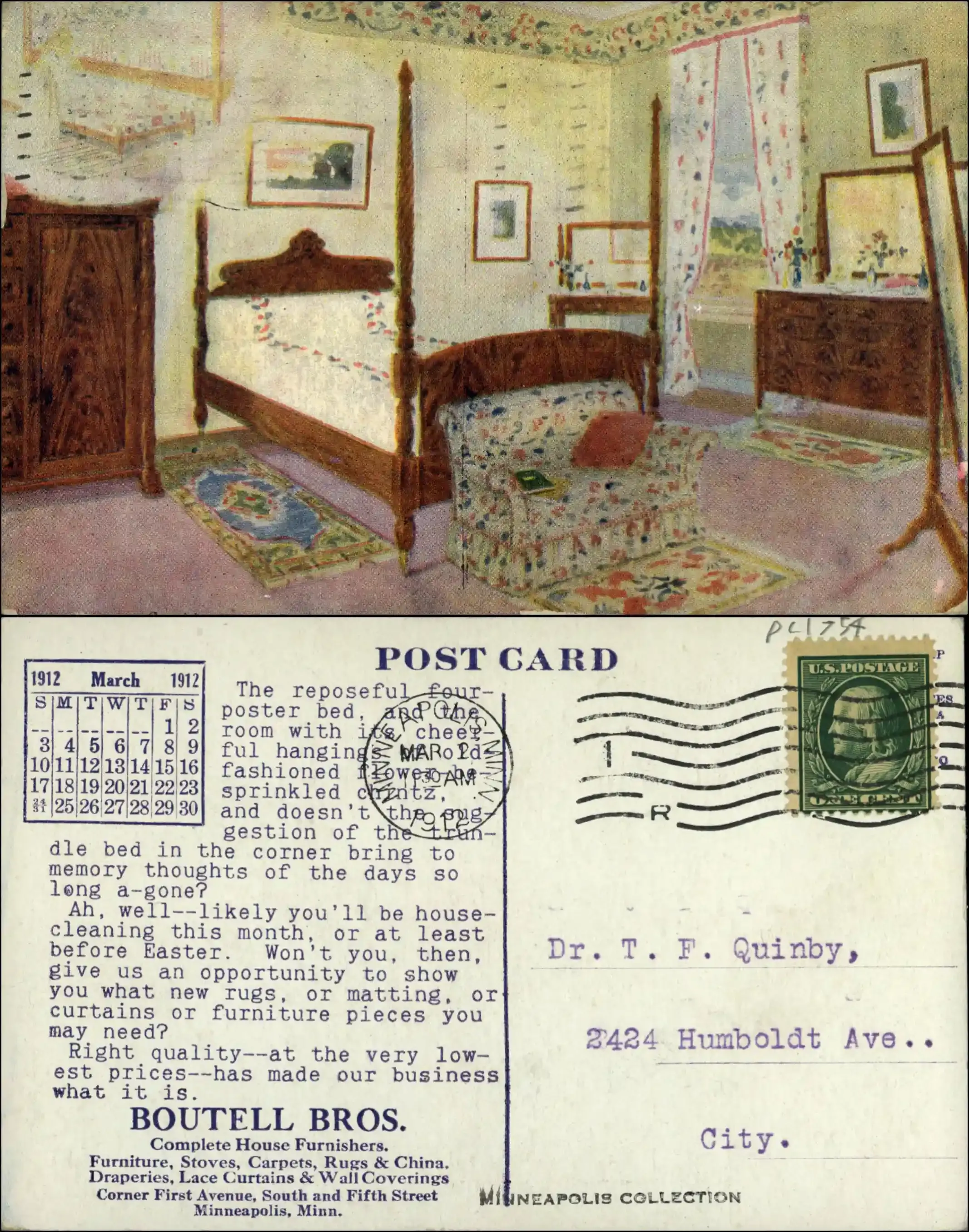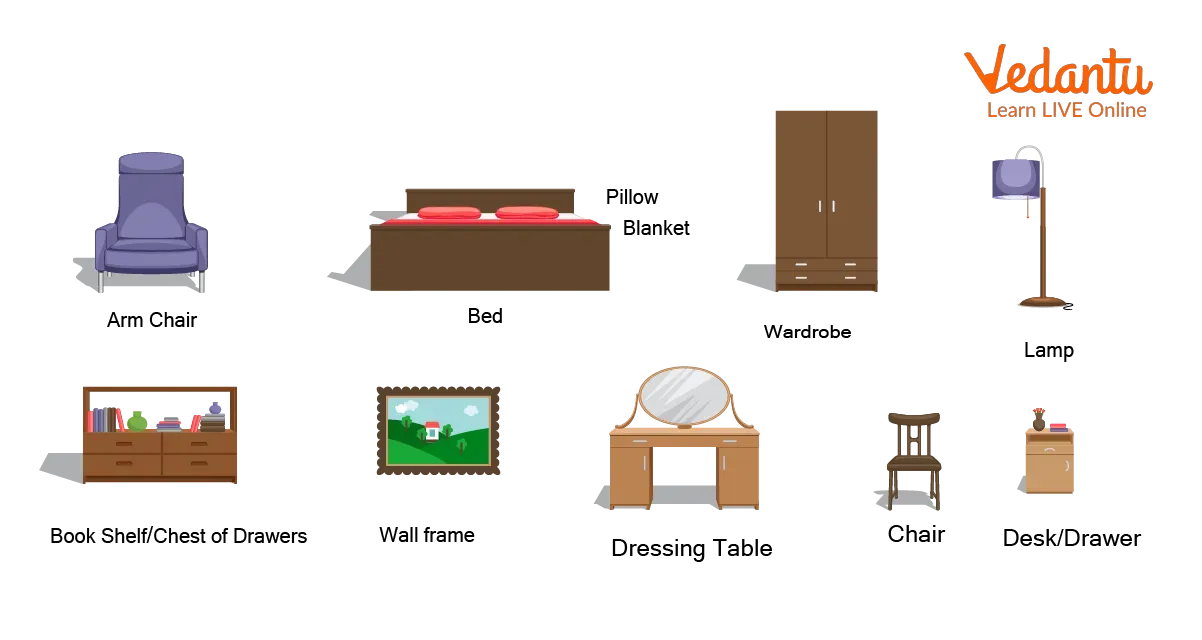Table of Contents
Ever feel stuck when trying to furnish your bedroom? Maybe you inherited a dresser, found a cool nightstand at a flea market, or just don't want the "matchy-matchy" look of a full bedroom set. Trying to figure out how to make different pieces work together can feel like a puzzle with half the pieces missing. But what if mixing and matching your bedroom furniture was the key to creating a space that truly feels like *you*?
Understanding the Different Types of Bedroom Furniture Examples
Understanding the Different Types of Bedroom Furniture Examples
Breaking Down the Basics: What Are We Working With?
Alright, let's talk brass tacks. Before you start tossing random pieces into your room and hoping for the best, you need to understand the fundamental categories of bedroom furniture examples. Think of them as your building blocks. Generally, pieces fall into a few main groups based on their primary material or finish: wood tones, painted finishes, metal, and upholstered pieces. A solid wood dresser brings a different vibe than a sleek metal bed frame or a plush upholstered bench. Knowing these distinctions helps you predict how pieces will interact visually. It’s not just about function; it's about texture, weight, and overall feel.
The Core Players: Beds, Dressers, and Nightstands
These are the non-negotiables in most bedrooms. The bed is the anchor, naturally. Its style – be it a heavy wooden sleigh bed, a minimalist metal frame, or a tufted headboard – dictates a lot about the room's direction. Then you have dressers and nightstands. These are prime spots to introduce variation. You don't need a matching set. Pairing a vintage painted dresser with a modern metal nightstand, for instance, immediately creates visual interest. Look at different *bedroom furniture examples* online or in magazines; you'll quickly see that contrast is often more engaging than uniformity. A mismatched pair can feel intentional if you pick pieces that share *something*, even if it's just a similar height or a subtle color cue.
Furniture Type | Common Materials/Finishes | Vibe It Adds |
|---|---|---|
Bed Frame | Wood, Metal, Upholstered | Anchor; sets primary style tone |
Dresser | Wood (various finishes), Painted, Metal | Storage; opportunity for contrast |
Nightstand | Wood, Metal, Painted, Glass | Convenience; smaller chance to mix materials |
Wardrobe/Armoire | Wood, Painted | Large storage; significant visual presence |
Adding Layers: Wardrobes, Benches, and More
Beyond the essentials, other pieces offer chances to refine your mix. A wardrobe or armoire, if you need the storage, is a large element that can either blend in or stand out. Benches at the foot of the bed or a comfortable chair in a corner add function and another layer of style. These are excellent places to introduce different materials or colors without overwhelming the space. Think about adding a velvet-upholstered bench to a room with predominantly wood *bedroom furniture examples*. It breaks up the wood tones and adds a touch of softness and luxury. Every piece, big or small, is an opportunity to contribute to the overall composition.
Mixing Materials and Finishes: Wood, Metal, and Upholstered Bedroom Furniture Examples
Mixing Materials and Finishes: Wood, Metal, and Upholstered Bedroom Furniture Examples
Getting Woodsy: Mixing Different Wood Tones
let's tackle wood, which is probably the most common material you'll find in bedroom furniture examples. People often freeze here, thinking all wood must match perfectly. That's a fast track to a boring room. The trick is to mix different wood *tones*. Think light oak with dark walnut, or a cherry dresser alongside a painted white bed frame with a natural wood top. The key is to ensure they don't clash horribly. Pay attention to undertones – are they warm (red, orange) or cool (gray, brown)? You can mix warm with cool, but it requires a bit more finesse. A safer bet is often mixing woods with similar undertones but different depths of color. Aim for contrast, like using a light wood nightstand next to a darker wood bed frame. This creates definition and keeps the eye moving.
Adding Edge and Softness: Metal and Upholstery
Once you've got your wood pieces sorted, bring in the other players. Metal bed frames, nightstands with metal accents, or even a metal-legged bench add a different texture and a touch of industrial or modern edge. A sleek black metal bed frame provides a stark contrast to a chunky, rustic wooden dresser, for instance. Then there's upholstery. This is your chance to bring in softness, color, and pattern. An upholstered headboard, a velvet bench, or an armchair covered in a textured fabric immediately breaks up the harder lines of wood and metal. These pieces are vital for adding comfort and visual warmth, completing your collection of varied *bedroom furniture examples*.
Material Type | How it Mixes with Wood | Visual Impact |
|---|---|---|
Metal | Provides contrast, adds modern or industrial feel | Sharp lines, often cooler tones |
Upholstery | Adds softness, texture, color, and pattern | Comfortable, warm, can be vibrant or subtle |
Glass/Mirror | Adds lightness and reflection | Expands space, modern touch |
Balancing the Act: Distributing Your Materials
The final step in mastering *bedroom furniture examples* mixing is distribution. You don't want all your wood pieces clustered on one side of the room and all the metal on the other. Spread them out. If your bed is metal, maybe your dresser is wood and your nightstands incorporate both wood and metal, or are painted. If you have an upholstered headboard, perhaps your bench is wood or metal. The goal is balance. Your eye should be able to travel around the room and see a pleasing variety of textures and finishes, creating a layered and lived-in feel. It takes a little trial and error, but the result is far more interesting than a showroom matchy-matchy setup.
Playing with Color and Pattern in Your Bedroom Furniture Examples
Playing with Color and Pattern in Your Bedroom Furniture Examples
Using Color to Add Personality (Without Going Bonkers)
so we've sorted out the bones – the wood tones, the metal, the upholstery. Now let's splash some paint on it, metaphorically speaking. Color is your secret weapon when you're mixing and matching *bedroom furniture examples*. A brightly painted dresser can be a fantastic focal point in a room with otherwise neutral wood or metal pieces. Or, maybe you go for a bold, upholstered headboard in a rich jewel tone. The key isn't to make everything a different color, which can look chaotic. It's about choosing a few key pieces to carry the color load and letting others act as supporting players.
Think about using color on pieces that are easy to change later if you get bored – like a nightstand you could repaint, or an upholstered bench. Larger pieces, like a massive armoire, might be safer in a more neutral shade unless you're absolutely committed to that pop of color. Don't be afraid to use color on unexpected pieces either. A chair in the corner with a vibrant cushion, or even the inside of a glass-front cabinet, can add a surprising burst of energy. It’s about strategic placement, not saturation.
Bringing in Pattern: Fabrics, Finishes, and Flair
Pattern adds another layer of visual interest, breaking up solid blocks of color and material. This is where upholstered pieces really shine. An armchair in a subtle stripe, an ottoman with a geometric print, or even just decorative pillows on an upholstered headboard introduce pattern without needing to commit to a fully patterned piece of furniture. You can also find pattern in wood grain itself, or in decorative inlays or carvings on dressers and beds. Metal can have patterned screens or details.
Mixing patterns requires a bit of an eye, but a simple rule is to vary the scale. Pair a large-scale floral (on an accent chair, maybe) with a smaller geometric (on a throw pillow) and a solid texture (like a linen headboard). Using patterns within the same color family or a complementary palette keeps things feeling intentional rather than messy. Look at *bedroom furniture examples* that successfully blend patterns – they often stick to a limited color scheme to keep the patterns from fighting each other.
How to Add Color/Pattern | Examples on Furniture | Impact on Room |
|---|---|---|
Painted Finish | Dresser, Nightstand, Bed Frame | Bold focal point, adds energy |
Upholstery Fabric | Headboard, Bench, Chair | Adds softness, texture, pattern, color |
Wood Grain/Inlay | Dresser front, Bed details | Subtle pattern, natural texture |
Decorative Accents | Pillows, Throws on furniture | Easy way to add temporary color/pattern |
Balancing Bold Choices with Restraint
The goal isn't to create a circus tent, unless that's genuinely your aesthetic (no judgment here). It's about creating a harmonious space with depth. If you have a really bold, colorful piece of furniture, let it be the star. Surround it with more neutral pieces that support it rather than compete. Similarly, if you're using a lot of patterned textiles, maybe keep your larger furniture items in solid colors or natural wood tones. Think of it like composing a picture – you need areas for the eye to rest. Too many competing colors and patterns on your *bedroom furniture examples* can feel overwhelming and make the room feel smaller and cluttered.
Combining Styles: How to Make Diverse Bedroom Furniture Examples Work Together
Combining Styles: How to Make Diverse Bedroom Furniture Examples Work Together
Finding Your Anchors: What's the Main Vibe?
so you've got a mix of materials, colors, and patterns brewing. Now, how do you keep it from looking like a furniture donation center? The first step in combining different *bedroom furniture examples* styles is figuring out your starting point. What's the dominant style you *want* to achieve? Is it mostly modern with a few traditional pieces thrown in? Or maybe a farmhouse vibe with some industrial accents? You need an anchor style to ground everything else. Look at the largest pieces you have or plan to get – your bed, your dresser, maybe a large armoire. These are often the heaviest visually and will lean towards a certain era or design philosophy. Don't try to mash seven styles together equally; pick one or two main ones and use the others for accent.
Adding Flair: Introducing Pieces from Other Eras
Once you know your main style, you can strategically sprinkle in pieces from elsewhere. This is where the magic happens. A sleek, mid-century modern dresser can look fantastic next to a traditional upholstered bed with clean lines. A rustic, reclaimed wood nightstand can add warmth and texture to a room dominated by minimalist metal *bedroom furniture examples*. The trick is often finding pieces from different styles that share *something* in common – maybe a similar scale, a complementary color, or a shared material element (like wood). It’s about creating a conversation between the pieces, not a shouting match. Think of it like building a killer outfit; you need a few core pieces and then some unexpected accessories to make it interesting.
Main Style | Potential Accent Styles | How to Blend |
|---|---|---|
Modern | Mid-Century, Industrial, Scandinavian | Use clean lines, mix metal and wood, minimalist decor |
Traditional | Transitional, French Country, Antique | Focus on curves, rich wood tones, classic shapes |
Farmhouse | Industrial, Rustic, Shabby Chic | Combine distressed wood with metal accents, simple shapes |
Mid-Century Modern | Modern, Scandinavian, Retro | Look for tapered legs, geometric shapes, mix wood and pops of color |
The Glue That Holds It Together: Unifying Elements
Even with carefully selected pieces, sometimes a room with mixed styles can feel a bit disjointed. This is where unifying elements come in. Color is a big one. Sticking to a consistent color palette, even if the furniture styles are different, provides visual cohesion. Texture also plays a huge role. Repeating textures – like using linen on the bed, curtains, and maybe an armchair – creates a sense of harmony. Area rugs are unsung heroes here; a large rug can literally ground disparate pieces and tie them together visually. Artwork, lighting, and even the hardware you choose for your dressers and nightstands can act as subtle threads connecting different *bedroom furniture examples* styles. It’s about creating a narrative where all the different characters feel like they belong in the same story.
Putting It All Together: Layout and Decor for Mixed Bedroom Furniture Examples
Putting It All Together: Layout and Decor for Mixed Bedroom Furniture Examples
Arranging Your Collection: Making Sense of the Mix
you've got your cool assortment of *bedroom furniture examples* – the antique dresser, the modern bed, the upholstered bench. Now, how do you actually make them live together without looking like they were dropped from the sky? Layout is crucial. The bed is usually the focal point, so place it on the most prominent wall, typically opposite the door. Then, arrange your other pieces around it, paying attention to flow and balance. Don't cram all your heavy wood pieces on one side; distribute them visually. A tall armoire might need a lower dresser or a couple of nightstands nearby to balance its height. Think about how you'll move through the room and make sure there's clear path.
The Finishing Touches: Decor That Ties It All In
This is where you bring in the glue. Decor is your secret weapon for making those mixed *bedroom furniture examples* feel like they belong together. Area rugs are fantastic for defining zones and adding color or pattern that can echo elements in your furniture. Curtains do the same, adding softness and height. Wall art can pull together your color palette and introduce unifying themes. Don't underestimate the power of smaller items like lamps, mirrors, and decorative objects. A set of matching lamps on mismatched nightstands can create symmetry. A large mirror can reflect light and visually connect different areas of the room. These are the details that make the difference between a collection of random pieces and a thoughtfully curated space. It's like adding the right accessories to your outfit; they pull the whole look together.
Consider these decor elements to unify your mixed furniture:
- Area rugs (defines space, adds color/pattern)
- Curtains (softens windows, adds height, color/pattern)
- Wall art (pulls together color palette, adds theme)
- Lighting (lamps, pendants - adds symmetry and ambiance)
- Mirrors (reflects light, connects spaces)
- Decorative objects (vases, books, sculptures - adds personality and repeated elements)
Making Your Mix Work
So, there you have it. Ditching the matching bedroom set isn't a design crime; it's an opportunity to build a space that actually feels lived-in and reflects who you are. We've looked at how different materials play together, how a splash of unexpected color or pattern can wake things up, and how even seemingly incompatible styles can find common ground. It takes a bit more thought than buying a pre-packaged set, sure, but the payoff is a room with character, not just furniture. Ultimately, the best bedroom is the one that functions for you and makes you smile when you walk in the door, regardless of whether your nightstand matches your dresser's great-aunt twice removed.
